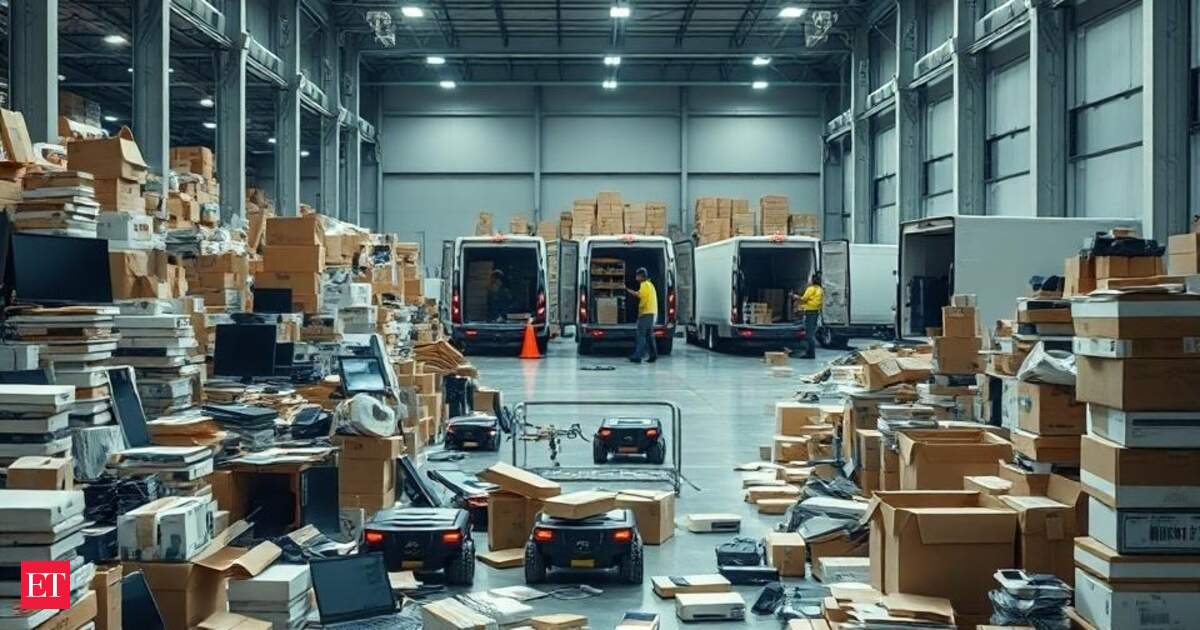Blinkit and Zepto pushed sales initially “through the roof”, much like a dream, for the headphone and smartwatch maker, he wrote. The euphoria fizzled out soon as the company found it too tough to keep pace with the dynamics in a market promising doorstep delivery of online orders in 10-15 minutes.
As quick commerce platforms lay the red carpet for electronic companies to shore up their revenue and margins, brands, from suppliers of small electronic devices to large home appliance makers, are quickly realising this channel needs a different approach which they had not attempted till now.
While some dark stores, or micro warehouses, of the platforms were overstocked, others ran out of stock and the company’s systems couldn’t sync the inventory fast enough, Gupta said.
“This model doesn’t just need speed, but also a different kind of madness. You are expected to forecast demand like a data giant, move like a logistics company and stock like a kirana store…All in real time,” he wrote. “And if you fail once? Customers are gone. No second chance.”
Brands are finding out that the promise of quick delivery alone doesn’t work, especially when large-ticket items are involved.For Havells India, efforts to sell its Lloyd ACs on Blinkit in the Delhi-National Capital Region failed miserably. When the company went back to the drawing board, the reason was found to be a lack of choice on the platform–from Lloyd as well as other AC brands. “Consumers like choice before making a purchase which was not there,” a senior executive at Havells said. “The problem is a quick commerce dark store can store only a few models.”

While the limited size of dark stores is an impediment for companies selling large appliances, their numbers pose another challenge. Quick commerce platforms operate hundreds of dark stores in each metro, a tough proposition for an electronics company without such widespread distribution muscles.
In comparison, the top two ecommerce platforms, Amazon and Flipkart, have 80-90 warehouses across India, while big electronic retail chains run 20-40 nationally at the most.
And quick commerce is fast expanding into cities beyond the top 20, making it even more difficult for brands that deal in large home appliances.
Industry executives said quick commerce needs more of an FMCG approach, right from product assortment to frequent distribution.
As a result, electronic companies are now doing things which they have not done earlier: tracking inventory on a real-time basis, replenishing stocks on a daily basis instead of 7-15 days for others, linking backend with dark stores, and forecasting locality wise demand as there are challenges listing the entire portfolio. FMCG companies have been doing this for the past 12-18 months. “Quick commerce needs an FMCG kind of approach. It will mostly work in low involvement purchase like a hairdryer whose ticket size is up to ₹3,000. For large appliances, consumers take time to decide,” said Haier India president Satish NS. “It can also be a logistical nightmare including instant installation. Which is why we didn’t go ahead despite proposals,” he said.




